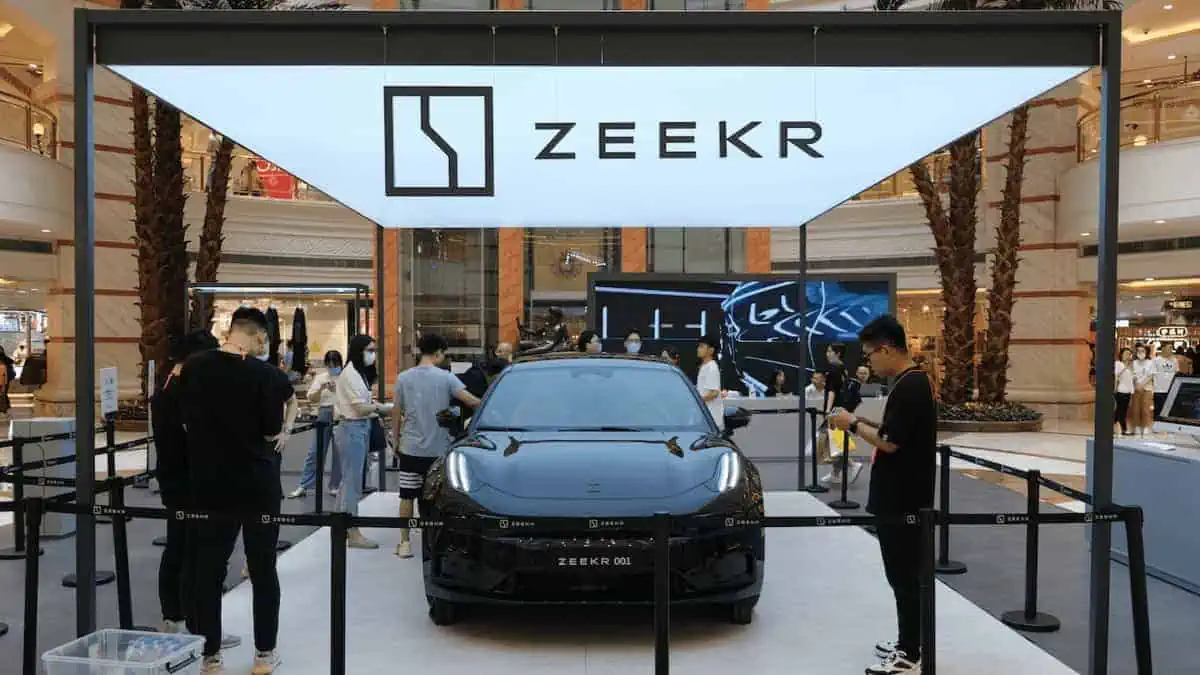A new study titled “Analysis of embodied carbon in on-street residential EV charging stations” by Sustainability Analytics reveals that a lamppost charger may have an up to 88% lower carbon footprint than a standalone charging pillar in production and installation, according to InsideEVs.
Purpose of the Study
ChargeLight, a UK-based company that installs lamppost charging stations, commissioned the research. It seeks to estimate the amount of carbon emissions that could be reduced by using lamppost chargers in place of traditional charging pillars. According to the authors, at least 300,000 lampposts in the UK might be modified for charging.
Conclusion
The authors came to the reasonable conclusion that lamppost chargers embody less carbon since they make use of existing infrastructure.
Installing a charger to an existing post should entail using less material, taking less time, and experiencing fewer difficulties, all of which result in fewer emissions.
Henry le Fleming, the founder of Sustainability Analytics, stated:
“The resource requirements for new charge pillars is much higher than using the existing sources of on-street electricity, so it is no surprise that building new pillars will cause more carbon emissions.”
ChargeLight’s recommendation
Notably, everything leaves a carbon footprint. That said, people who install electric vehicle supply equipment (EVSE) frequently talk about how eco-friendly the electricity their chargers will utilize. However, the actual carbon footprints of different types of hardware are rarely, if ever, discussed.
In considering funding decisions for charging infrastructure, government organizations should take embodied carbon into account, according to ChargeLight.
ChargeLight Managing Director Tom Pakenham explained:
“This study shows not only that lamppost charging is by far the lowest-carbon solution for on-street charging infrastructure, but it also underlines why embodied carbon should be a much higher priority consideration for government funding bodies and corporate entities when selecting technology solutions.”






